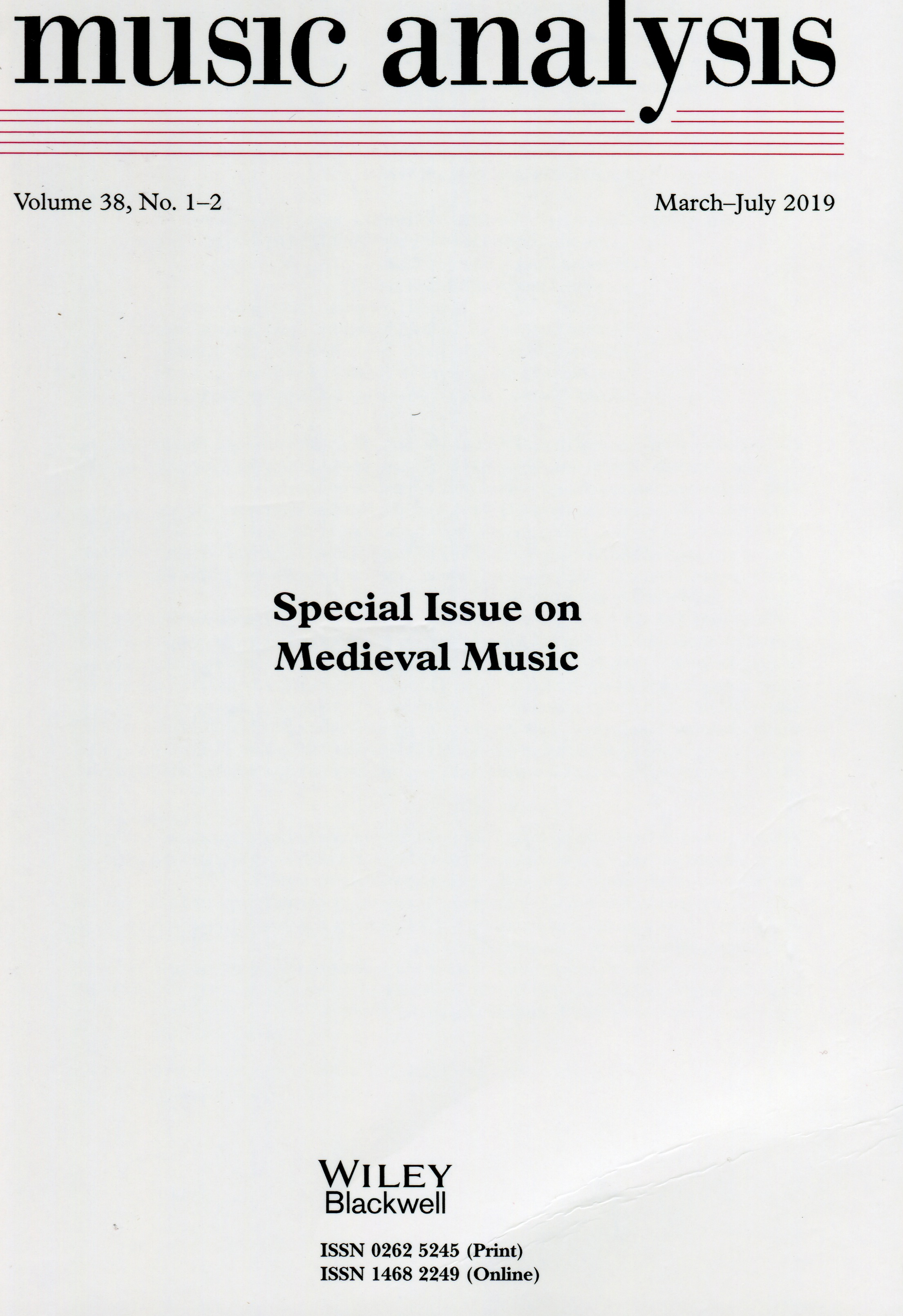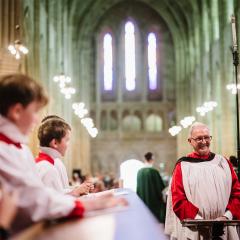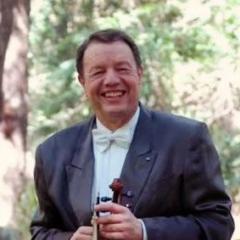 Two members of staff – Dr Rebekah Woodward and A/Prof Denis Collins – have published articles in the prestigious journal Music Analysis, in an issue dedicated to Medieval music.
Two members of staff – Dr Rebekah Woodward and A/Prof Denis Collins – have published articles in the prestigious journal Music Analysis, in an issue dedicated to Medieval music.
Rebekah’s article examines a group of five conductus – sacred or serious extra-liturgical songs from the late twelfth and early thirteenth centuries – all of which have texts that strongly convey anger at a sense of wrongdoing in the Church.
The authors of these mostly anonymous texts express similar sentiments to those of the famous twelfth-century theologian Peter the Chanter of Notre Dame Cathedral in Paris and his students, Robert of Courson and Thomas of Chobham. In this article Rebekah applies Barbara Rosenwein's concept of "Emotional Communities" to the secular clergy at Notre Dame during this time period, and she examines the process of conductus creation as an acceptable form of response to angry feelings.
Rebekah's analysis of the five conductus reveals that four of these songs were written in the time period when Peter the Chanter was active at Notre Dame, and the fifth was composed after Peter's death. This fifth song uses the interval of a third in a significant way: the theme of the text is highlighted by this interval. The other four conductus do not use thirds in such a way. These conductus contain a descending melodic motive and its variants that are far more numerous in these conductus with angry texts than in similar conductus whose texts do not convey feelings of anger.
Denis co-authored his article with Dr Jason Stoessel, University of New England. Hidden in plain sight in a famous fourteenth-century manuscript from Tournai, two canons have escaped detection by musicologists until recently due to the difficulties in deciphering their notation. Denis and Jason describe how these setting of the Kyrie and Sanctus texts function as canons and they situate them within the sacred and secular music of mid-fourteenth-century France.
Their analytical approach develops principles of shared compositional designs in this repertoire that involve permutations of melodies, voice exchange and patterns of periodic repetition of musical phrases. This article is one of the outcomes from their recently completed Australian Research Council Discovery Project “Canon and Musical Change from c.1330 to c.1530” (DP150102135).
Denis and Jason are working with UQ colleague Graeme Morton and the UQ Chamber Singers to prepare a recording of a selection of Medieval and Renaissance canons that will include the Kyrie and Sanctus canons from the Tournai manuscript. This recording, for release later this year, will include several premier performances of canonic works from the early fourteenth to early seventeenth centuries.
Woodward, Rebekah E. 2019. “‘Blinded by the Desire of Riches’: Corruption, Anger and Resolution in the Two-Part Notre Dame Conductus Repertory.” Music Analysis 38/1–2: 109–54. DOI: 10.1111/musa.12135
Stoessel, Jason and Denis Collins. 2019. “New Light on the Mid-Fourteenth-century Chace: Canons Hidden in the Tournai Manuscript.” Music Analysis 38/1–2: 155–203 DOI: 10.1111/musa.12116


